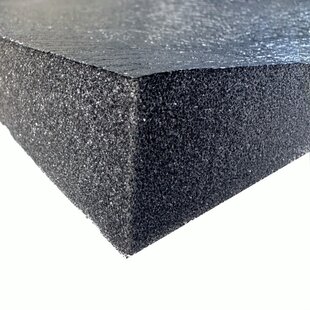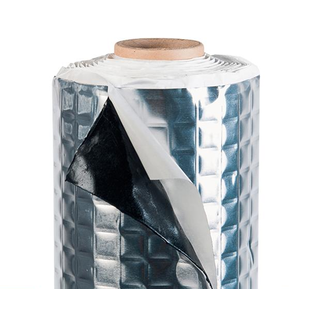Sound insulation
The Two-Phase Approach to Sound Insulation
An effective insulation layer consists of two complementary components, each serving a specific function in the sound insulation process. The combination of damping sheets and acoustic foam is essential because sound propagates in different ways and therefore must be addressed differently.
Phase 1: Damping – Stopping Vibrations
Damping sheets serve as the first line of defense against noise. These sheets, made from materials like bitumen, rubber, and aluminum, are specifically designed to reduce vibrations and resonances caused by the engine, road, and other mechanical sources.
Primary functions of damping:
-
Reduction of vibrations in panel parts
-
Elimination of resonating body parts
-
Damping of driving and secondary noises
-
Prevention of rattling interior components
Phase 2: Acoustic Foam – Absorption of Sound Waves
Acoustic foam works in a fundamentally different way than damping sheets. This flexible foam rubber material specializes in sound absorption and damping. It captures sound waves that have already passed through the first insulation layer and prevents them from reflecting within the space.
Unique properties of acoustic foam:
-
Thermal and heat insulating properties
-
Extreme flexibility for difficult surfaces
-
Oil resistance and non-flammability
-
No release of toxic substances
Why Both Layers Are Essential
Different sound frequencies require different approaches.
Low frequencies (such as engine noise and road noise) mainly propagate through mechanical vibrations in solid materials. Damping sheets are most effective against these types of sounds because they address the vibration source itself.
Higher frequencies spread as airborne sound and reflect between surfaces. Acoustic foam absorbs these sound waves and prevents echoes and reverberation.
Synergistic Effect
The combination creates a layered defense system:
-
Damping layer: Prevents vibrations from occurring and being transmitted
-
Acoustic layer: Captures and absorbs remaining sound waves
Without damping, vibrations would pass on to the acoustic foam, drastically reducing its effectiveness. Without acoustic foam, sound waves that pass through the damping layer would keep reflecting and accumulating.
Practical Benefits of the Combination
This dual approach results in:
-
Maximum noise reduction across the full frequency spectrum
-
Improved driving comfort by eliminating both vibrations and noise
-
Better sound quality of audio systems through reduced interference
-
Thermal insulation as an additional benefit























